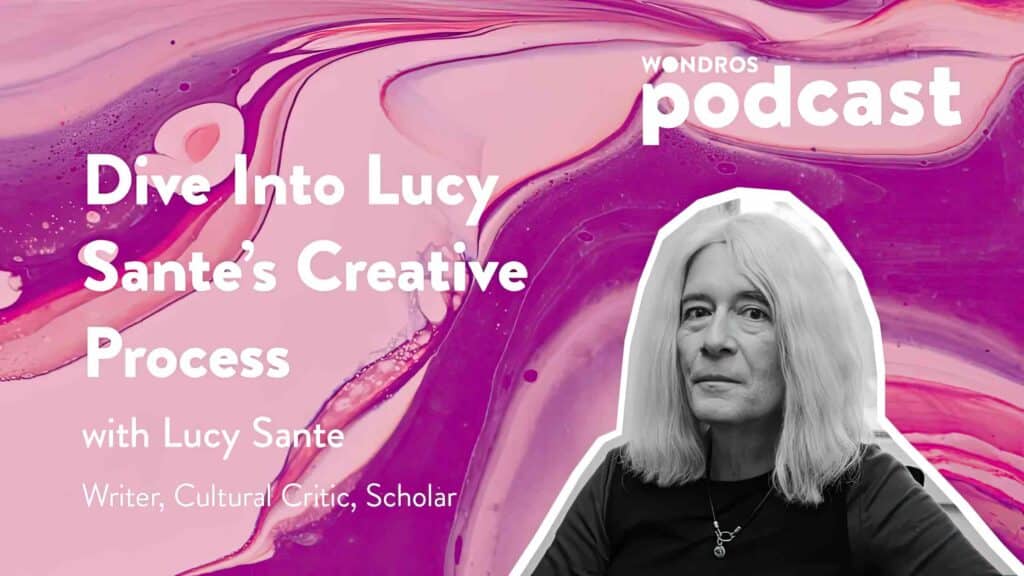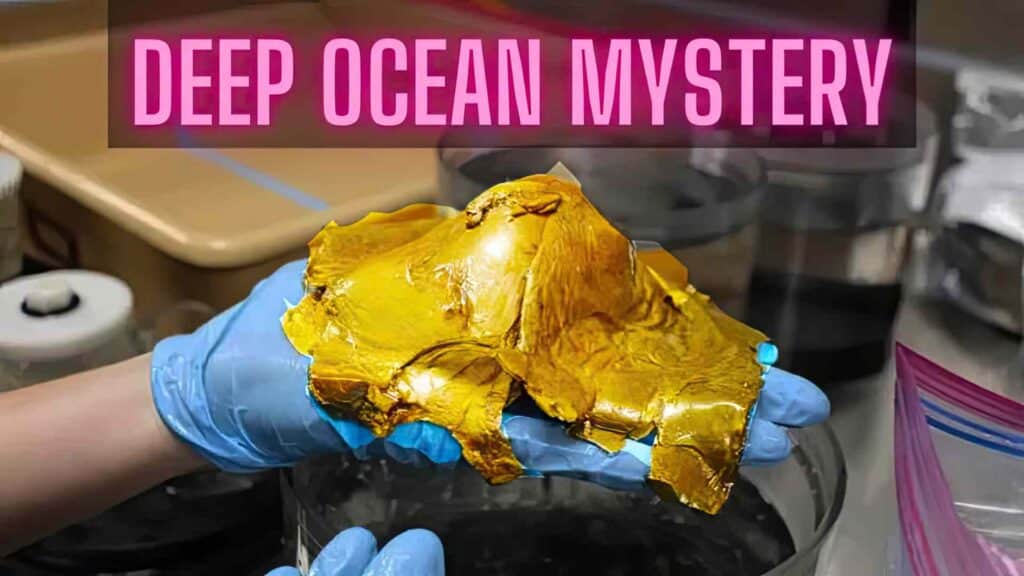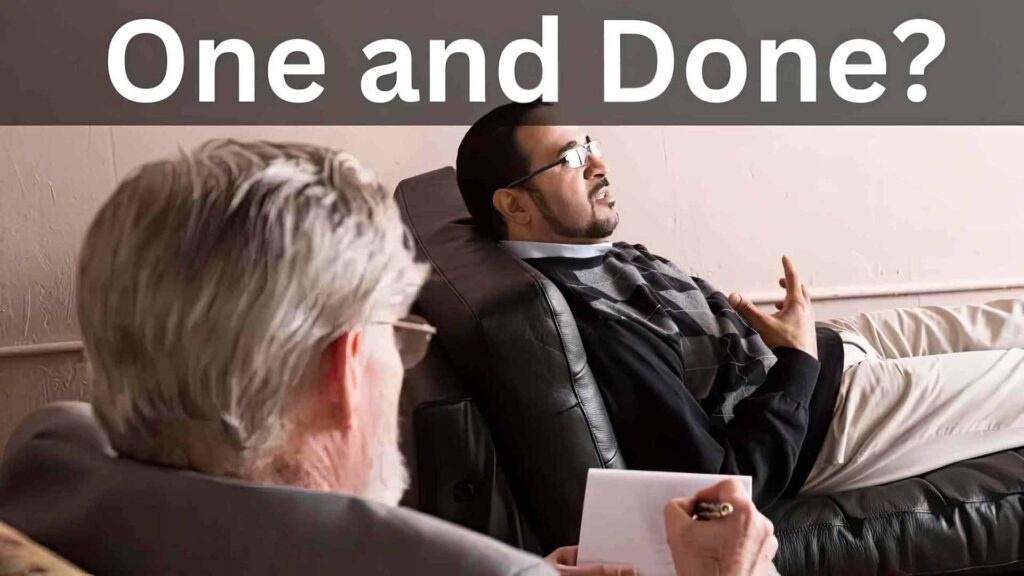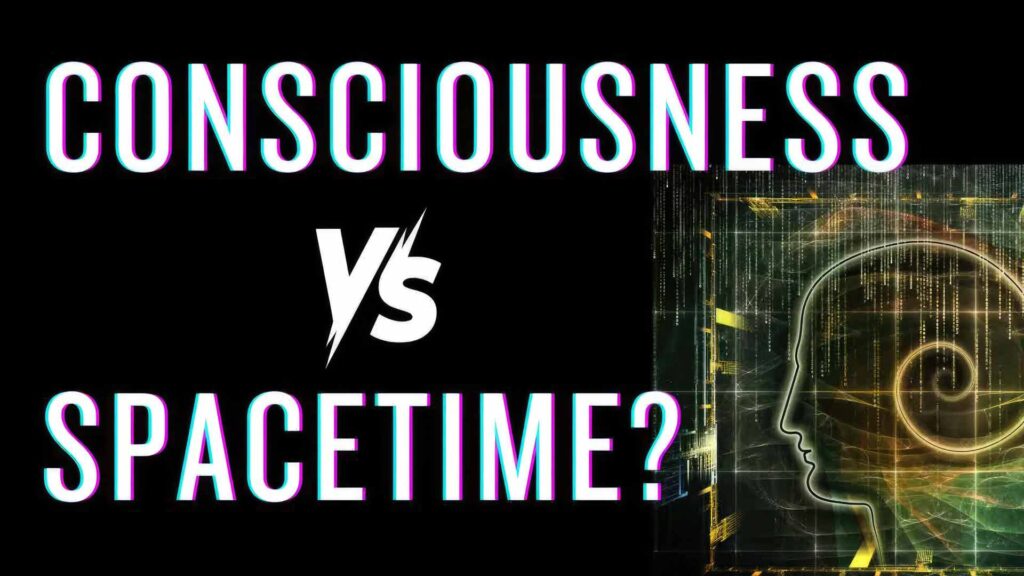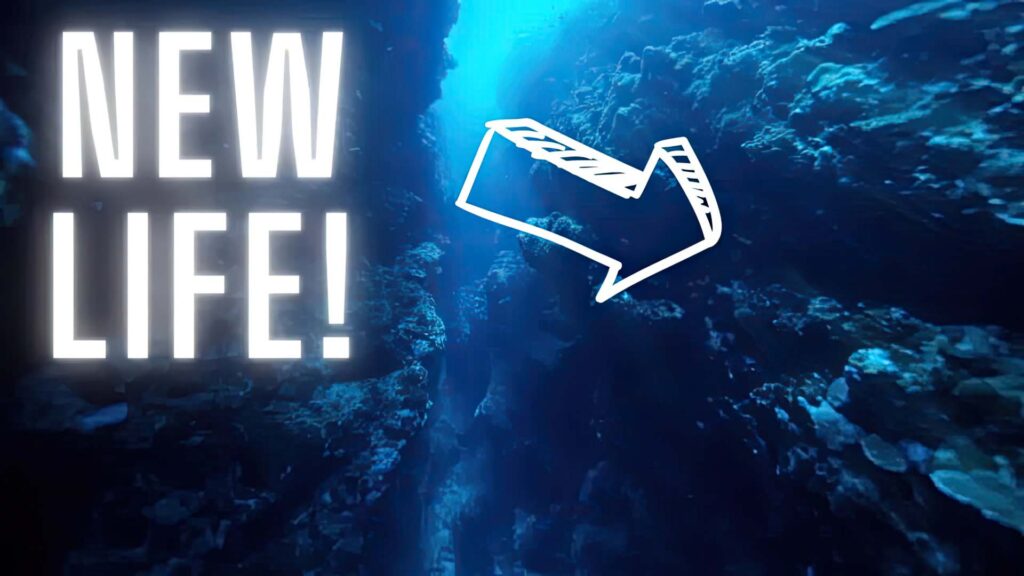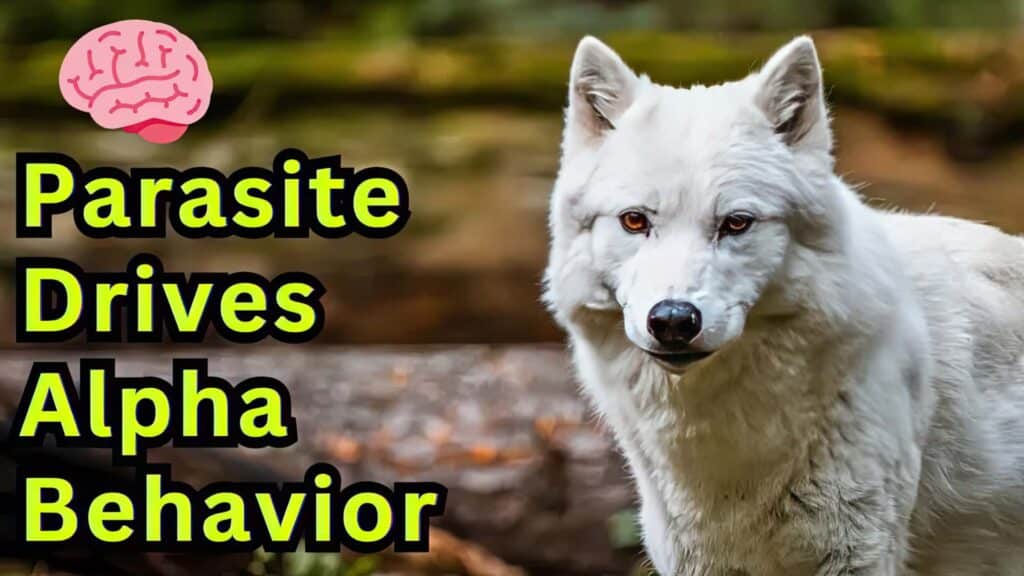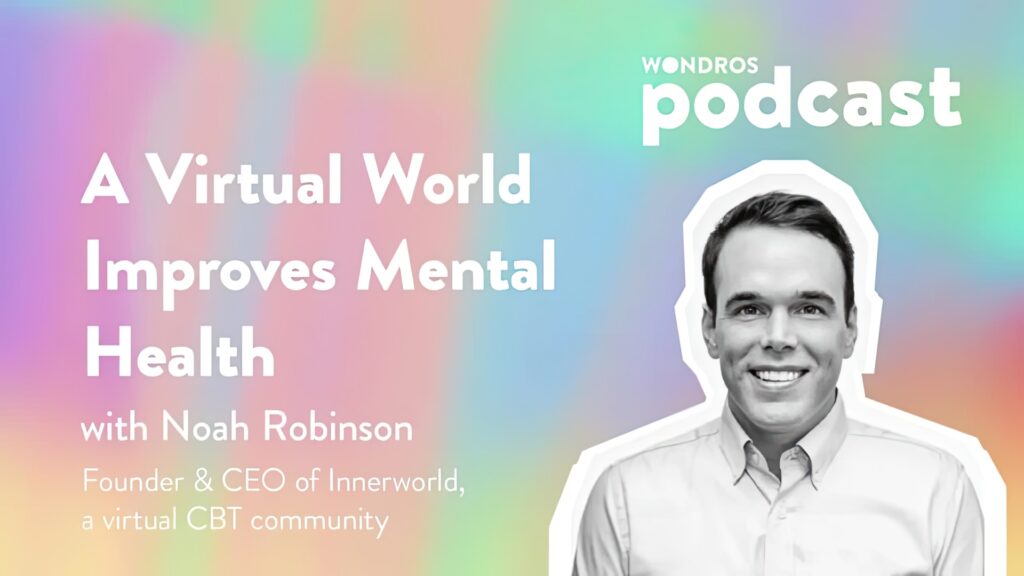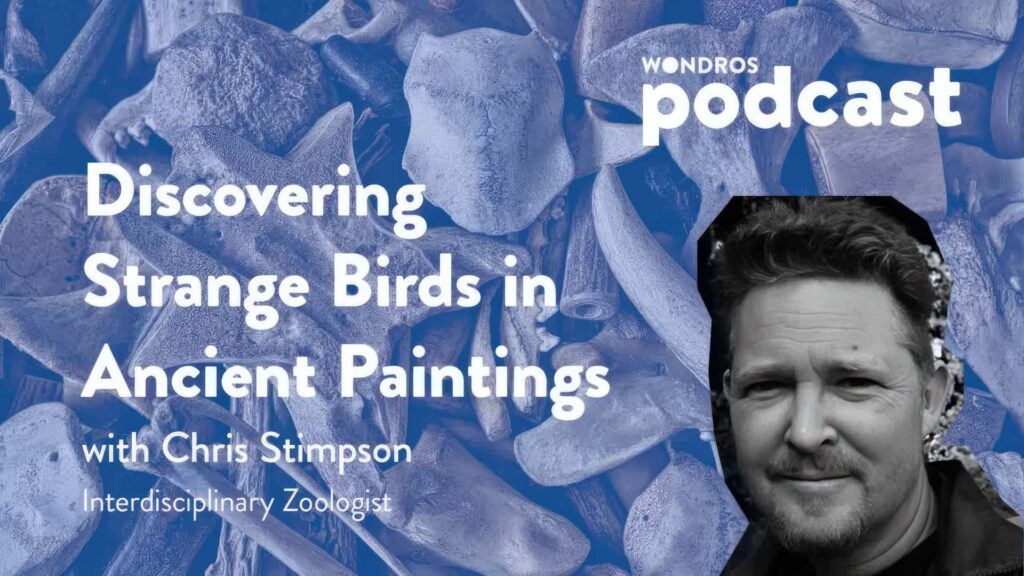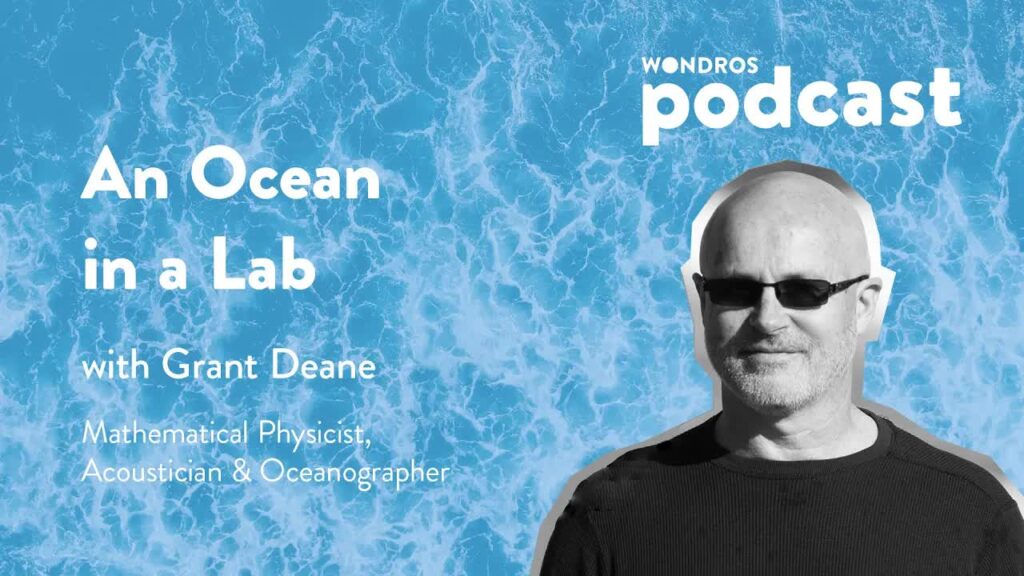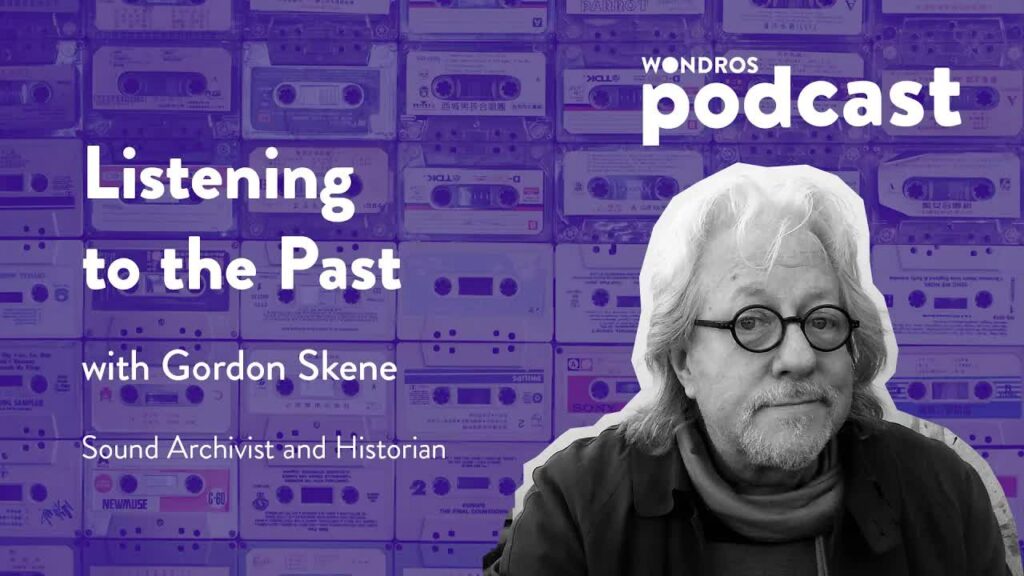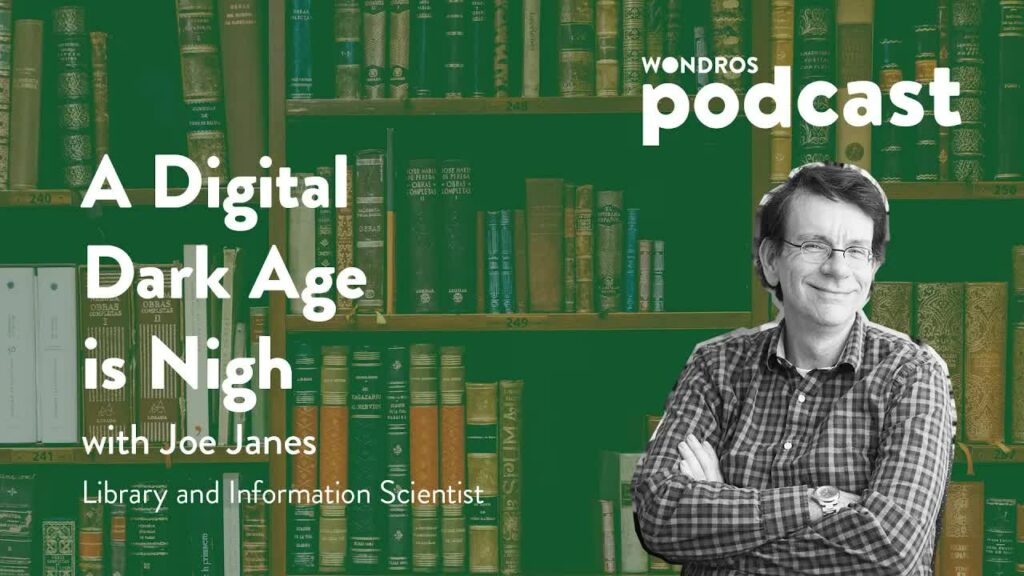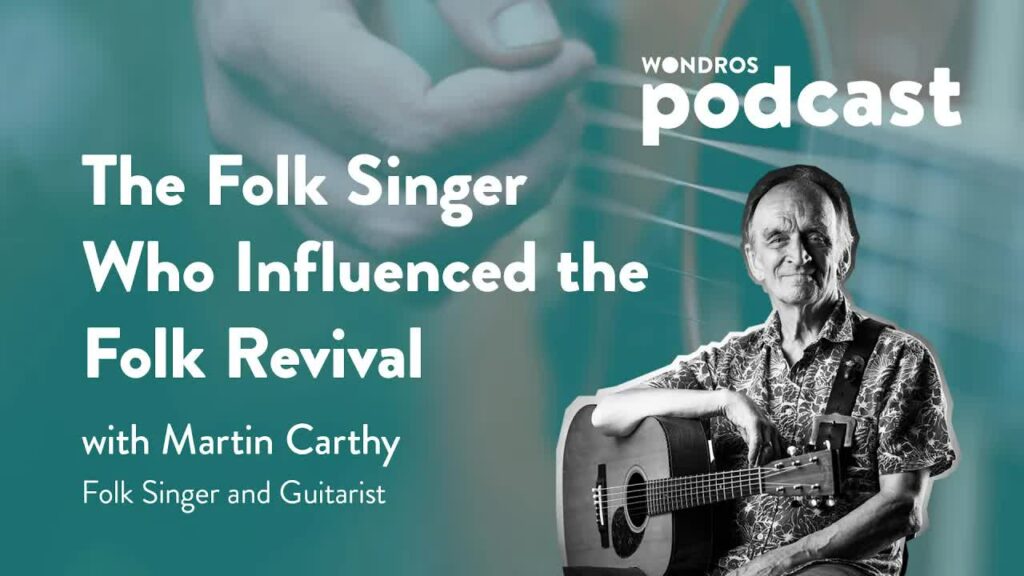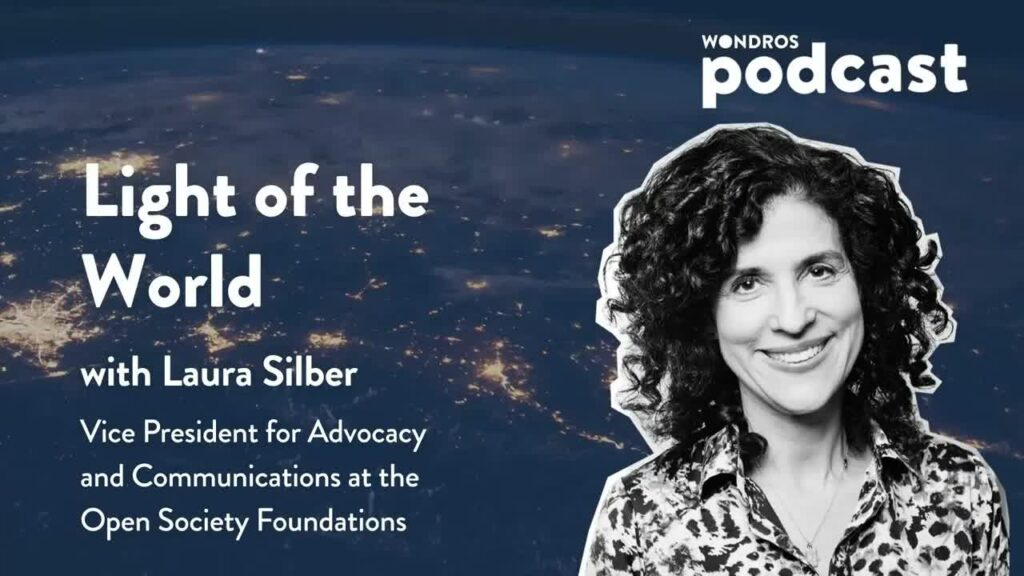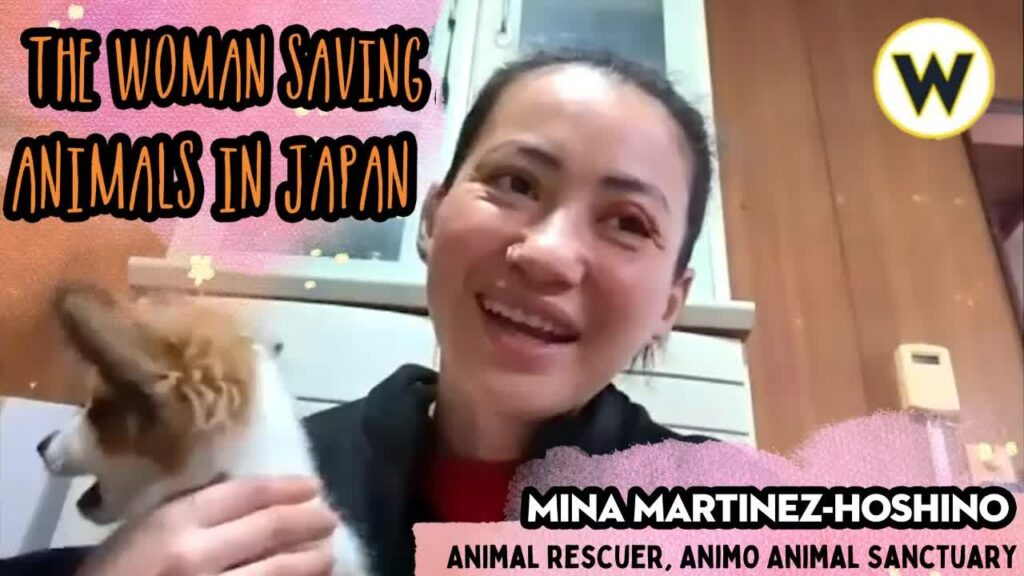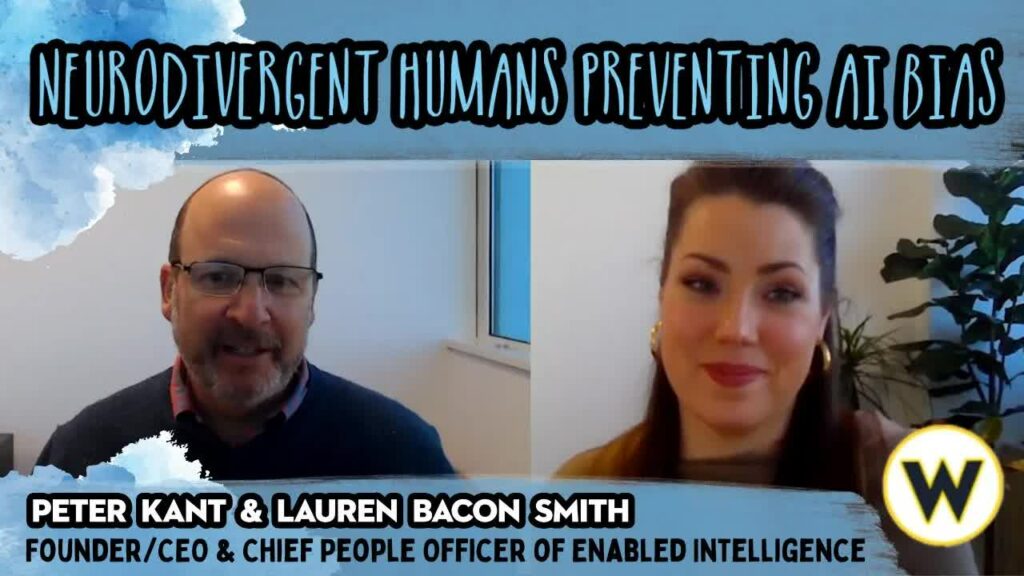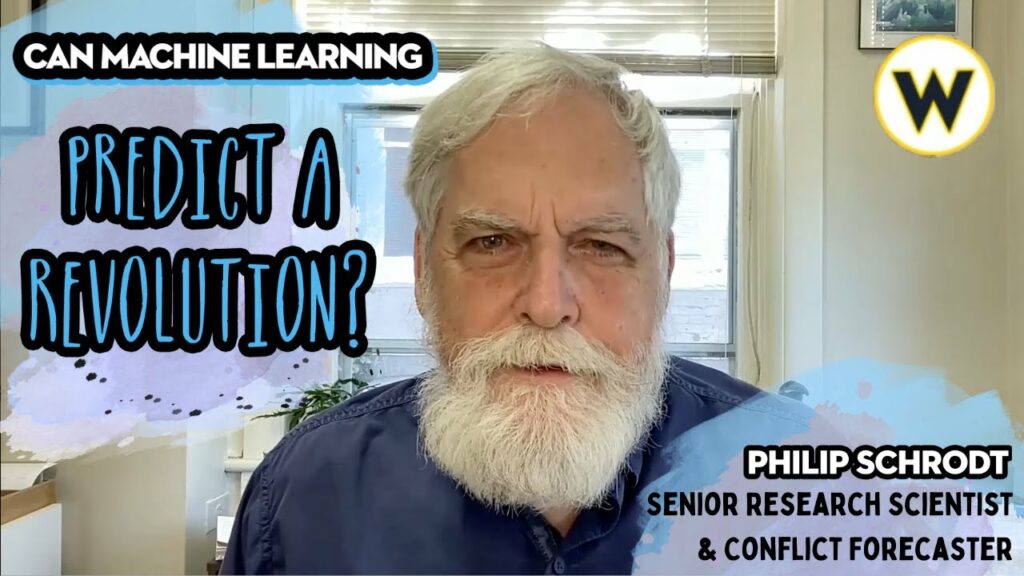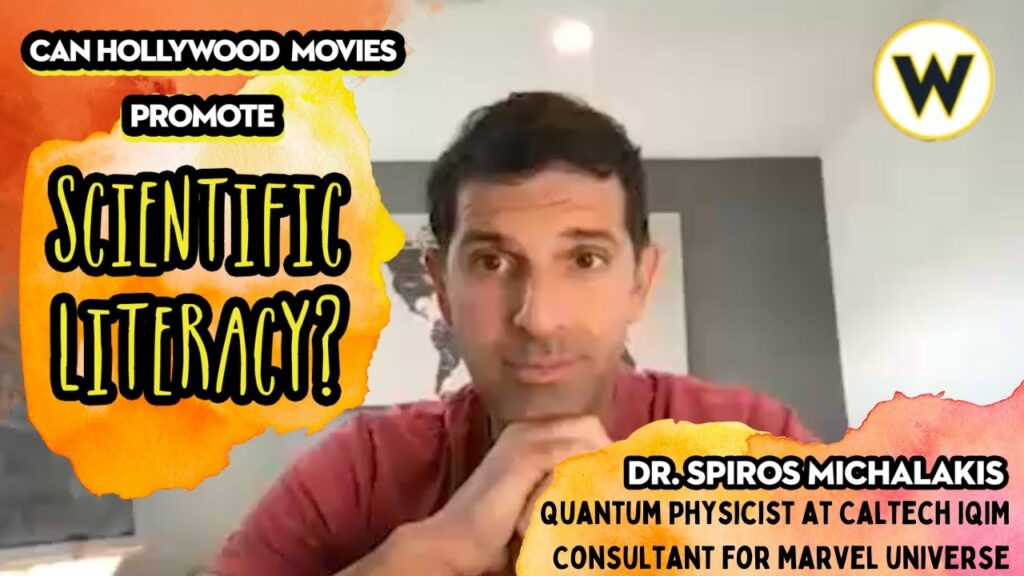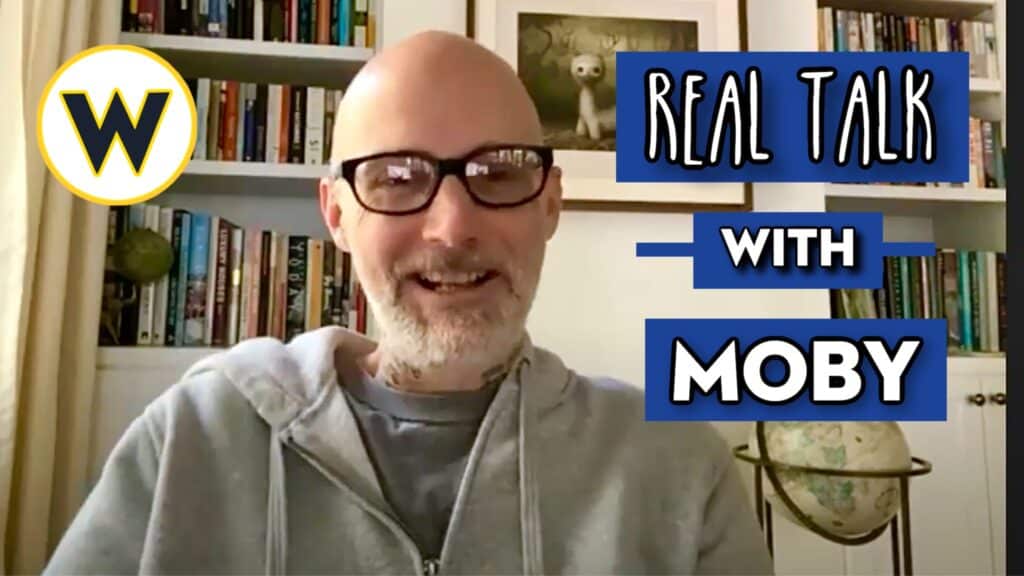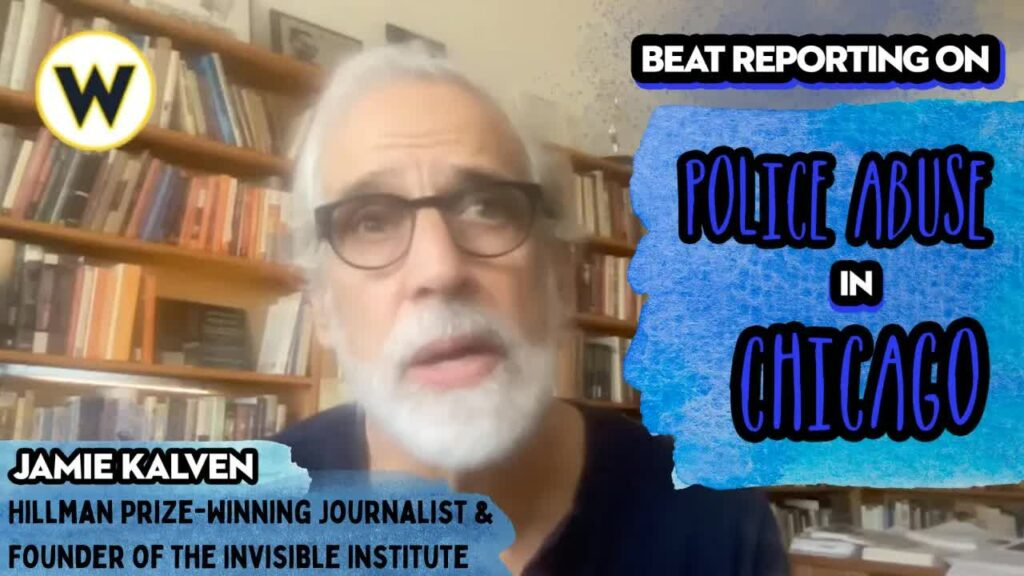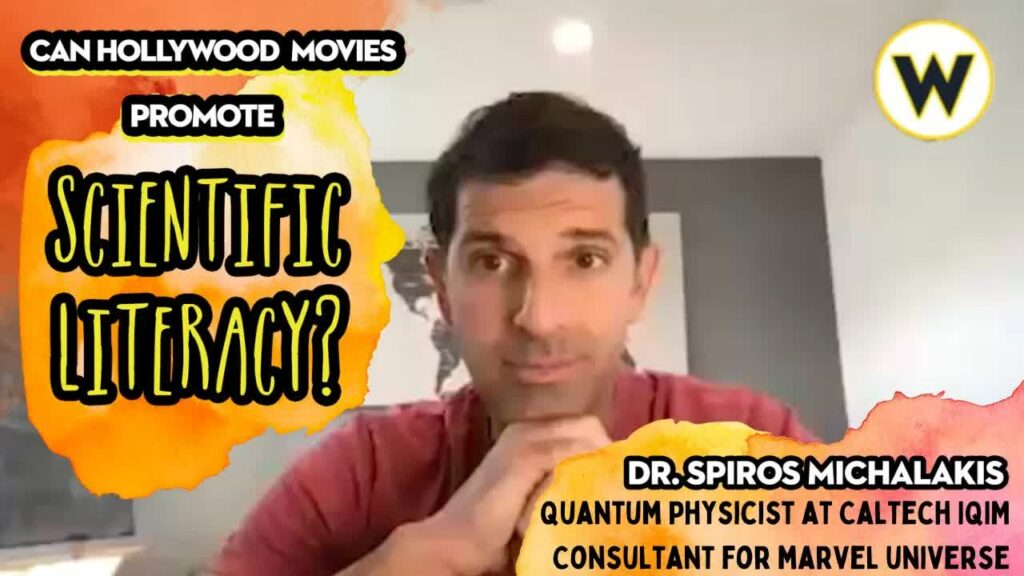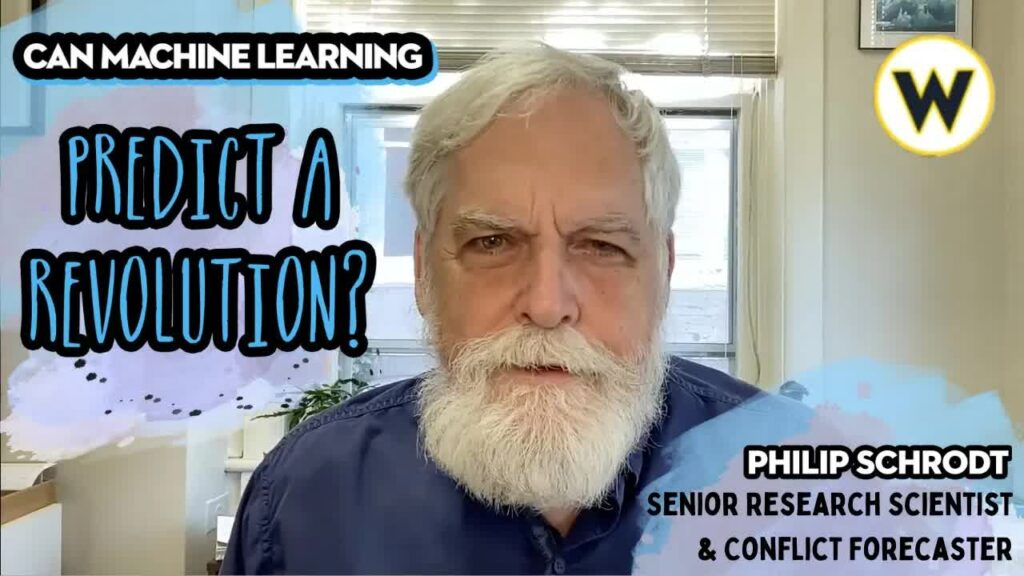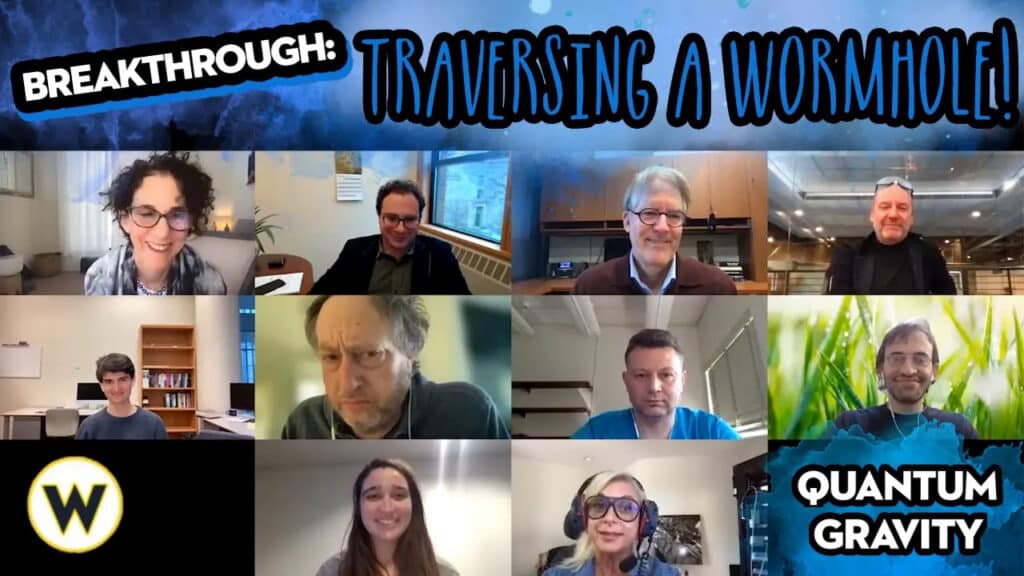Wondros Podcast
Airs weekdays at 4:10 am, 12:10 pm, and 8:10 pm PT.
The Wondros Podcast features probing discussions with experts and visionaries within their fields. Our guests speak about innovation, science, arts, entertainment, history, social justice, and more. Cultural provocateurs Jesse Dylan and Priscilla Cohen unpack smart, quirky, and out-of-the-box conversations with fascinating people revolving around Web3, music, art, and technology.
The Wondros Podcast is a great way to learn about the latest trends and developments in a variety of fields. Whether you’re interested in learning about the latest scientific breakthroughs, the most innovative new technologies, or the most important social issues of our time, you’ll find something valuable on The Wondros Podcast.
Originally aired on Nov 30, 2022
Jesse and Priscilla talk with the all-star team of physicists and technologists making traversing wormholes possible, and their discovery helps confirm String theory. These quantum pioneers include Maria Spiropulu, the senior investigator at CERN who oversaw the discovery of the Higgs boson particle.
Read more about the fascinating work this team is doing in the articles below:
https://www.nature.com/articles/s4158…
https://inqnet.caltech.edu/wormhole2022
Quantum Team:
Maria Spiropulu – Professor of Physics
Caltech Joseph Lykken – Deputy Director of Research
Fermilab Daniel Jafferis – Professor of Physics
Harvard University Hartmut Neven – Engineering Director
Google David Kolchmeyer – Graduate Student
Harvard University Alexander Zlokapa – PhD Student
MIT Nikolai Lauk – Postdoctoral Fellow
Caltech Samantha Davis – Graduate Student, Caltech
What is the possibility of traversing a wormhole using the principles of quantum mechanics and curved space? While a traversable wormhole is theoretically possible given the correct pattern of entangled black holes, the challenge lies in finding such a pair.
- Traversable wormholes are theoretically possible through entangled black holes in the right pattern of entanglement.
- Quantum mechanics and curved space can provide equations for traversing a wormhole.
- The challenge lies in finding the initial pair of entangled black holes.
- There is no current known way to obtain such a pair.
- The podcast explores the theoretical feasibility of traversing a wormhole.
- Guests discuss the current research and understanding of the topic.
- The possibilities and implications of traversing a wormhole are discussed.
